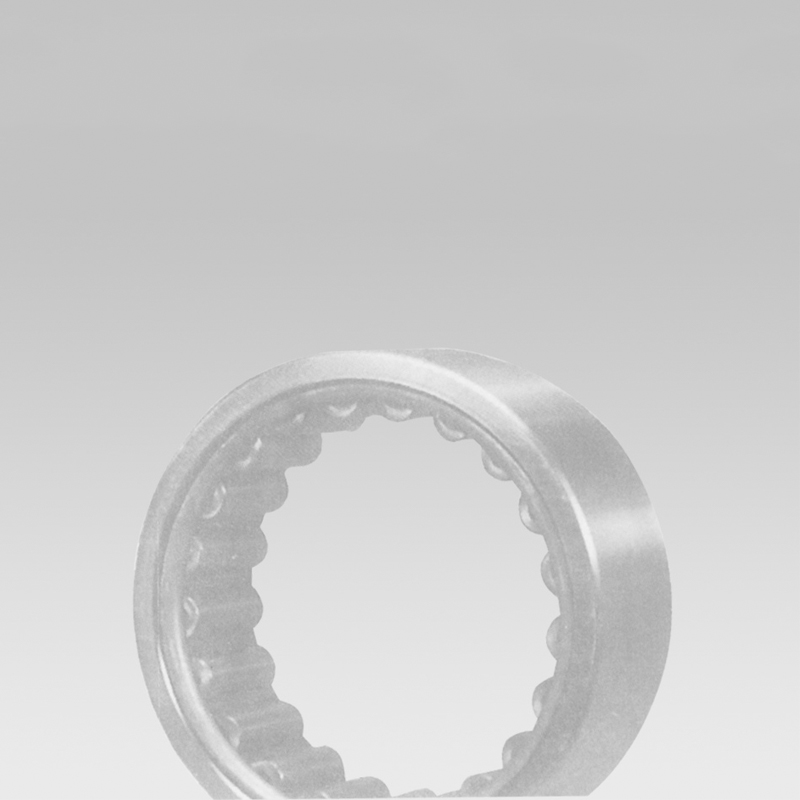
Jul . 28, 2024 13:59 Back to list
Understanding the Nomenclature and Specifications of Deep Groove Ball Bearings for Optimal Performance
Understanding Deep Groove Ball Bearing Nomenclature
Deep groove ball bearings are one of the most common types of rolling bearings used in various applications, ranging from household appliances to heavy industrial machinery. Their simple design, versatility, and ability to support both radial and axial loads make them an essential component in many mechanical assemblies. However, to navigate the world of deep groove ball bearings effectively, one must understand their nomenclature. This article delves into the key elements of deep groove ball bearing nomenclature, aiding in real-world applications and selection processes.
Basic Structure and Designation
The nomenclature for deep groove ball bearings typically includes a series of letters and numbers that convey specific information about the bearing's dimensions, design, and features. For instance, a standard designation might look something like 6205-2RS.
- Numbering System The first part of the designation, such as 6205, indicates the bearing's series and size. The first digit (6) represents the series—deep groove ball bearings are primarily classified under series beginning with 6. The subsequent digits (205) denote the bore size. In this case, the 05 implies a bore diameter of 25 mm (the last two digits multiplied by five).
- Suffix Designations The suffixes in bearing nomenclature provide information regarding special features or modifications. In the example 6205-2RS, the 2RS signifies that the bearing is sealed on both sides with rubber seals. This helps to keep lubricant in and contaminants out, enhancing the bearing's longevity and performance.
Variations and Alternatives
While the basic nomenclature remains consistent across manufacturers, various types of bearings exhibit different characteristics. Common variations include
deep groove ball bearing nomenclature

- Open (without seals) Designated simply as 6205, these bearings have no seals, allowing for higher speeds but increasing exposure to contaminants. - Shielded (suffix 2Z) Bearings that have metal shields on one or both sides to protect from debris. For example, 6205-2Z indicates a bearing with shields on both sides.
- High-Speed Versions Bearings designed for high-speed applications may have suffixes like HC or similar depending on the manufacturer, indicating enhancements suitable for increased operational speeds.
Material and Lubrication Insights
Another aspect of bearing nomenclature may include indications of material or lubrication types. For example, some designations may include terms like C3, which refers to the internal clearance of the bearing. A C3 clearance indicates that the bearing has a greater tolerance for thermal expansion, making it suitable for high-temperature applications.
Lubrication options are often highlighted as well, indicating whether the bearing is pre-lubricated with grease or designed for oil lubrication. This consideration is crucial as it affects maintenance schedules and overall performance.
Conclusion
Understanding the nomenclature of deep groove ball bearings is essential for engineers, technicians, and anyone involved in machinery maintenance or design. By decoding the numerical and alphabetical symbols, one can ascertain crucial details about the bearing's dimensions, design features, and suitable applications. This knowledge not only aids in selecting the right bearing for specific tasks but also ensures that machinery operates efficiently and reliably. With the appropriate bearing in hand, users can maximize performance, reduce downtime, and extend the lifespan of their equipment.
Latest news
-
Common Failures in Thrust Ball Bearings and Solutions
NewsAug.22,2025
-
How Tapered Roller Bearings Can Take Shock Loads
NewsAug.22,2025
-
Angular Bearings in High-Precision Spindles
NewsAug.22,2025
-
The Impact of Misalignment on Cylindrical Roller Bearing Performance
NewsAug.22,2025
-
The Role of Cage Design in Deep Groove Ball Bearing Durability
NewsAug.22,2025
-
The Impact of Material Quality on Machinery Bearings’ Lifespan
NewsAug.22,2025
